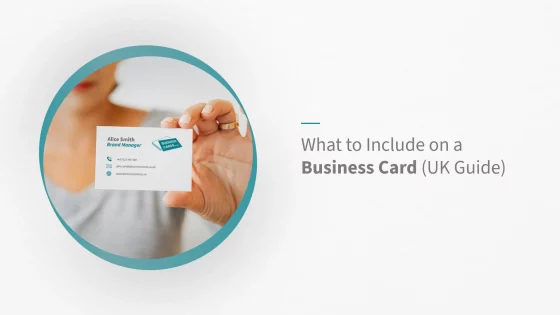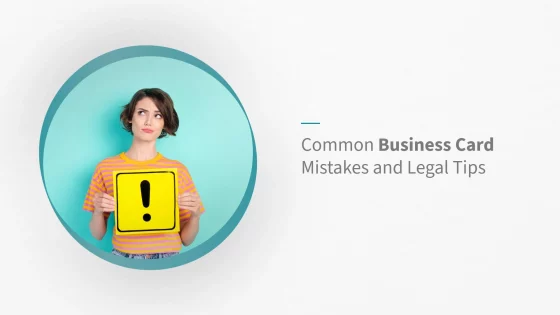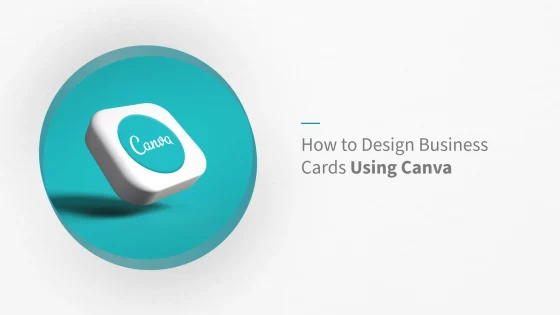What to Include on a Business Card (UK Guide)
Why Business Cards Still Matter in the Digital Age
Despite the rise of digital networking, business cards remain an essential tool for professionals across the UK. Whether you’re attending an industry expo in Birmingham or meeting clients in Bristol, a well-designed card leaves a strong and lasting impression.
This guide explores exactly what to include on a business card for UK businesses and individuals—covering essential contact details, modern features, and practical design tips to ensure your card works effectively. For those building a full suite of printed materials, it’s also worth considering your wider business stationery printing needs to maintain brand consistency.
The Essentials: Information Every UK Business Card Should Include
Your business card must quickly communicate who you are and how to reach you. Include the following key details:
- Full name – Use your full name along with any relevant professional titles (e.g. Dr, RIBA, MA).
- Job title or role – Be specific: “Marketing Consultant” is clearer than “Marketing”.
- Company name and logo – Ensure consistency with other branding materials, including your main business identity.
- Contact information:
- Mobile or landline phone number
- Professional email address
- Website URL
- Business address – Particularly useful for businesses with a physical location.
- Social media handles – Include only those used actively for professional purposes, such as LinkedIn or Instagram.
Prioritise clarity. Avoid overcrowding your card with too many details—less is often more.
What to Put on the Front vs Back of Your Business Card
For clarity and impact, split your content across both sides of the card. This helps keep the design clean while conveying all necessary details.
Front of the Card
- Company name
- Logo
- Website URL
- Tagline or service descriptor
Back of the Card
- Your name
- Job title
- Contact details (email, phone)
- Optional: profile photo, social media handles, QR code
Dividing content between both sides allows for stronger hierarchy and a more polished layout.
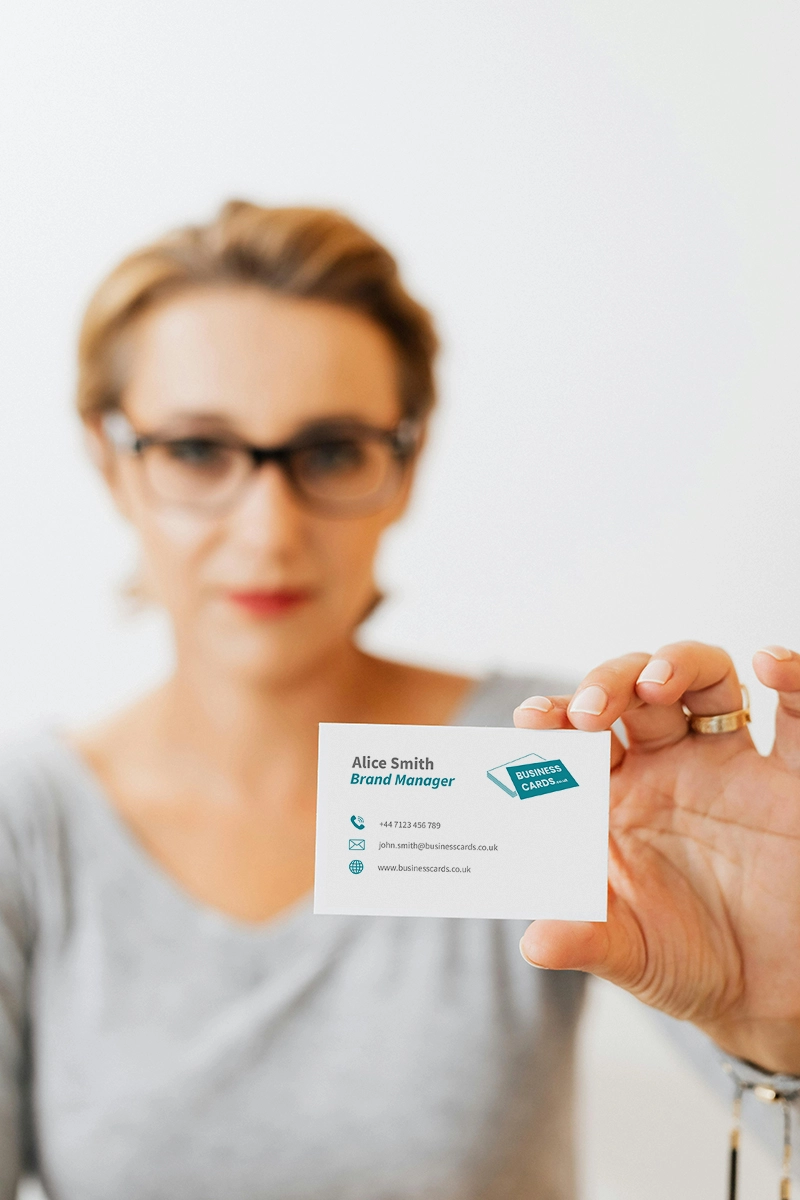
Designing a Card That Stands Out
A good layout and clean design can make your card more memorable. Consider the following:
Standard UK Size and Format
- 85mm × 55mm is the standard UK business card size.
- Add a 3mm bleed around the edges to prevent important content from being trimmed.
- Use a safe zone—typically 3–5mm inside the edge—to keep text and logos clear of the trim area.
Layout and Typography
- Orientation – Landscape is most common, but portrait formats are gaining popularity.
- Font size – Keep text legible; 12pt is generally a safe minimum.
- Spacing – Use white space effectively to improve clarity and flow.
Colour and Branding
Stick to your brand’s colour palette and avoid clashing combinations. Maintain visual consistency across your printed and digital materials.
Psychology-Backed Business Card Design Principles
Design isn’t just visual—it’s psychological. Subtle choices in layout, spacing, and colour impact how people perceive you and how well they remember your brand.
- Visual hierarchy – The eye naturally scans top-left to bottom-right. Place your name and job title where they’ll be seen first.
- Gestalt principles – Group related information together to make the card easier to scan and understand.
- Font associations – Serif fonts convey tradition and trust; sans-serif suggests modernity and clarity.
- Whitespace – Improves legibility and creates a sense of professionalism and calm.
- Tactile experience – Heavier card stock signals credibility and commitment. People often associate weight with value.
Designing with the brain in mind helps your card leave a stronger, longer-lasting impression.
Colour Psychology and What It Communicates
Colour choice isn’t just about style—it’s a key part of how your brand is perceived. Different colours carry different psychological cues:
- Blue – Trustworthy, reliable, calming
- Green – Sustainability, wealth, health
- Yellow – Optimism, clarity, creativity
- Black – Sophistication, authority, professionalism
- White – Clean, modern, neutral
Match your colours with your industry and brand personality for stronger visual impact.
Modern Features That Enhance Your Card
Today’s business cards can do more than list your contact details. Incorporating digital elements increases functionality and adds a professional touch.
- QR Codes – Direct recipients to your website, digital portfolio, contact form or review page. Always test the code before final printing.
- Profile Photos or Headshots – Ideal for service-based businesses like consultants or coaches—people are more likely to remember a face.
- NFC Technology – Some premium business cards include tap-to-share functionality for websites or contact info.
Cards with imagery are more memorable and increase the likelihood of follow-up engagement.
How Business Card Design Varies by Industry
Preferences around layout, colour and content can vary widely depending on your sector. Tailoring your business card to your industry helps align expectations and boost credibility.
- Designers – Prefer minimalist cards with neutral tones and off-centre layouts; logos placed to the side, not centred.
- Estate Agents – Favour large logos and bold colours, with oversized contact info at the front.
- Tradespeople – Gravitate toward simple, strong cards with large central logos and practical QR codes.
- Personal Trainers – Prefer energetic colour schemes and bold logos to highlight their brand personality.
- Marketing Agencies – Value balance: neutral palettes with sleek fonts, logo on the left, and details opposite.
Understanding how your target audience responds to design choices gives you a stronger starting point when creating your card.
Creative Uses for the Reverse Side
While the front of your card does the initial heavy lifting, the reverse side offers prime real estate for added functionality or branding flair. Consider these uses:
- Loyalty stamps – Popular for cafés and service-based businesses
- Mini appointment calendar – Great for clinics, stylists, and consultants
- Promo code or referral incentive – Encourages follow-up interaction
- Social proof – Feature a 5-star review badge or testimonial quote
- Simple map or location directions – Ideal for walk-in businesses
Maximise both sides without making either feel crowded. A clean reverse can also provide space for handwritten notes or signatures.
Avoiding Common Mistakes
Even with a strong design, a business card can fall flat if the content or execution is poor. Common issues to avoid:
- Overcrowding the card with too much information
- Using too many fonts or decorative typefaces
- Poor colour contrast (e.g. light grey on white)
- Outdated or incorrect contact details
- Low-quality printing or thin paper stock
Always request a sample or proof before placing a full print order.
Exploring Non-Standard Sizes and Materials
While the standard UK size (85mm × 55mm) works well for most applications, there are times when thinking outside the box can pay off.
Alternative Sizes
- Square cards – 55mm × 55mm format makes a bold visual impact
- Mini cards – Slimmer or narrower cards for a minimalist approach
- Oversized cards – Stand out in a stack, but may not fit wallets
Material Options
- Kraft Board – Recycled, rustic feel, ideal for eco brands
- Plastic or PVC – Durable and waterproof
- Wood or metal – Premium impact with long-term retention
- Triplex or duplex cards – Multi-layered cards for thickness and contrast edging
Unique formats come at a higher cost, but if memorability is your priority, they’re worth considering.
Choosing the Right Paper and Finish
The feel of your card affects how your brand is perceived. A well-finished card conveys professionalism and attention to detail.
Recommended Paper Weight
Use at least 350gsm stock for a sturdy, high-quality result.
Popular Finishes
- Matte – Smooth and understated
- Gloss – Shiny and vibrant
- Spot UV – Subtle texture highlights
- Foil Stamping – Premium metallic accents
- Recycled stock – For sustainability-conscious brands
Additional Options
- Rounded corners
- Double-sided designs
- Textured or laminated finishes
People often make snap judgments based on design and print quality—something as small as a flimsy or poorly laid-out card can reflect poorly on your business.
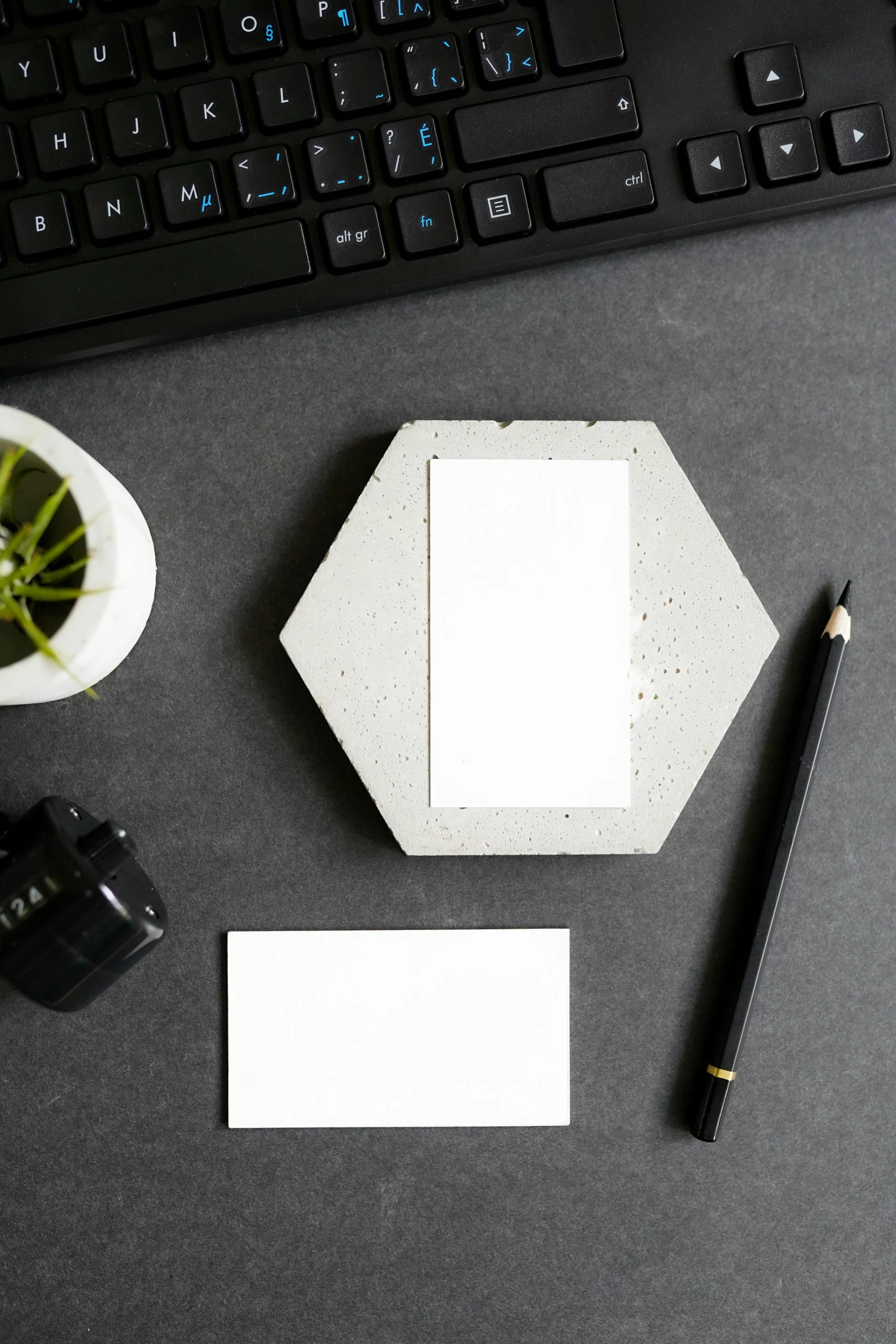
Are There Legal Requirements for UK Business Cards?
In the UK, business cards are not legally required to display your company registration number, VAT number or registered office address—unless the card is being used as formal company stationery (e.g. for quotes, contracts, or invoices).
That said, if you’re in a regulated industry or offering legal services, it’s often advisable to include your registered company name and address for transparency. When in doubt, check with your accountant or compliance officer.
- The full registered company name
- Company registration number
- Registered office address
For everyday use, most business cards don’t require this legal information.
Examples from UK Professionals
- Tradesperson – Clean layout with mobile number, “24/7 Emergency Callouts” tagline, and QR code linking to Checkatrade reviews.
- Freelancer – Portrait card with muted colours, role title, website link and portfolio QR code on the back.
- Local café – Kraft paper card with logo front and loyalty stamp section on reverse, matching their sustainable branding.
Think about how and where your card will be used—whether it’s pinned to a corkboard or tucked in a wallet—and design accordingly.
How Many Business Cards Should You Print?
The quantity you order affects both your per-card cost and how often you’ll need to reorder. If your contact details change frequently, consider starting with a smaller batch to test your design and messaging.
- Small batch (100–250) – Ideal for freelancers, events, or testing new layouts
- Mid-range (500–1,000) – Great for everyday networking and client-facing roles
- Bulk (2,000+) – Suited for high-volume distribution or marketing campaigns
Bulk orders reduce cost per card, but only make sense if your info won’t change soon.
Best Tools to Design a Business Card Online (Free & Paid)
Whether you’re starting from scratch or refining an existing layout, there are several user-friendly tools to design a professional business card:
Free Tools
- Canva – Offers free templates with drag-and-drop editing. Great for beginners.
- Adobe Express – Free version includes business card templates and brand kits.
- VistaCreate – Offers free business card layouts and easy customisation.
Paid or Pro-Level Tools
- Adobe Illustrator – Ideal for designers needing full vector control and CMYK settings.
- Affinity Designer – A lower-cost alternative to Adobe that supports professional print layouts.
Start with a template, but customise it with your own branding, fonts, and colours to stand out.
What the Data Says About Business Card Design
Even in today’s digital-first world, the design and material quality of a business card still shape professional perception.
- Nearly 39% of respondents say they would be less likely to do business with someone who presented a “cheap-looking” or poorly designed business card
- Business cards featuring a photo are retained by recipients nearly twice as often—suggesting stronger recall when the card adds personal or visual appeal
- Over half of professionals (approximately 57%) still consider business cards vital for face-to-face networking, reinforcing their ongoing relevance [1]
These findings underline that a well-designed and tangible business card continues to matter—and can influence trust, engagement, and retention.
Conclusion: Make Every Card Count
Your business card is more than just a piece of printed paper—it’s a personal introduction, a brand statement, and a marketing tool all in one. By carefully choosing what to include, how to design it, and what materials to use, you can create a card that not only shares your details but leaves a lasting impression.
